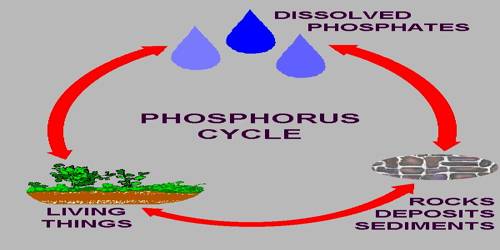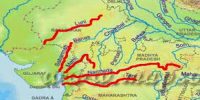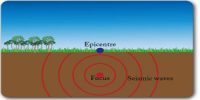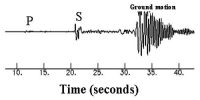Mineral Cycles on Earth
The mineral cycle is a biogeochemical and ecological process that regulates the flow, distribution, and migration of mineral nutrients across the Earth’s surface. There are four main types of mineral cycle. The oxygen cycle, the water cycle, the phosphorus cycle, and the sulfur cycle.
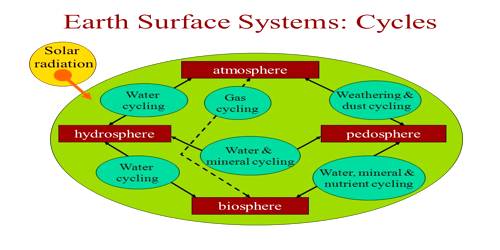
Other than carbon, oxygen, nitrogen, and hydrogen are the principal geochemical components of the biosphere, many other minerals also occur as critical nutrients for plant and animal life. These mineral elements required by living organisms are obtained initially from inorganic sources such as phosphorus, sulphur, calcium, and potassium. They usually occur as salts dissolved in soil water or lakes, streams, and seas. Mineral salts come directly from the earth’s crust by weathering where the soluble salts enter the water cycle, eventually reaching the sea. Other salts are returned to the earth’s surface through sedimentation, and after weathering, they again enter the cycle. All living organisms fulfill their mineral requirements from mineral solutions in their environments. Other animals receive their mineral needs from the plants and animals they consume. After the death of living organisms, the minerals are returned to the soil and water through decomposition and flow.
Minerals are naturally occurring chemical compounds that are made up of elements. These elements undergo continual cycling within the environment and are influenced by a variety of factors.
